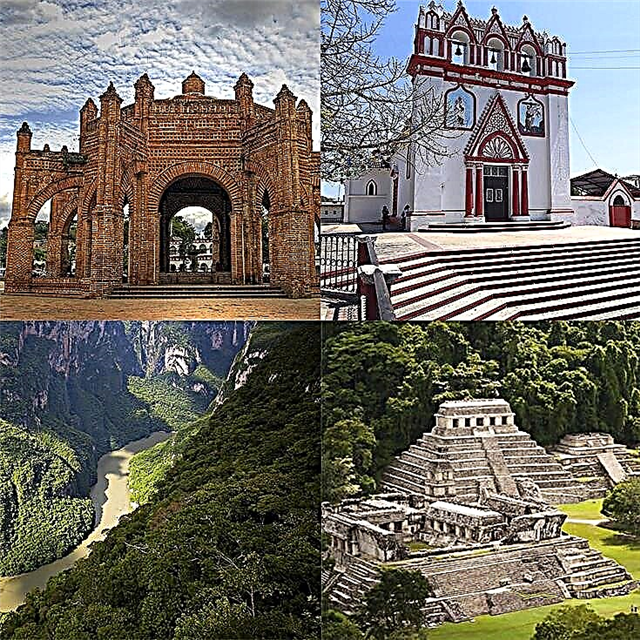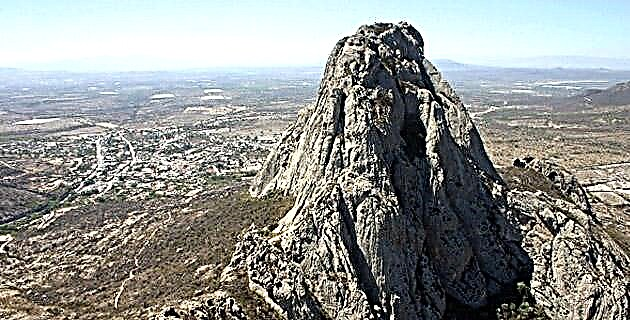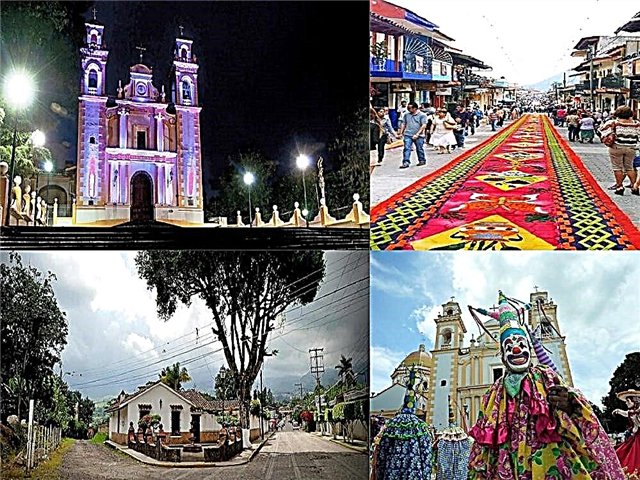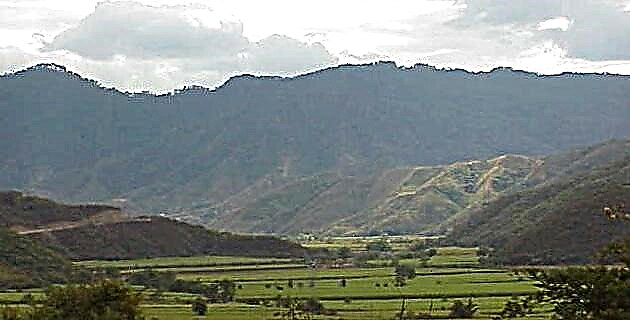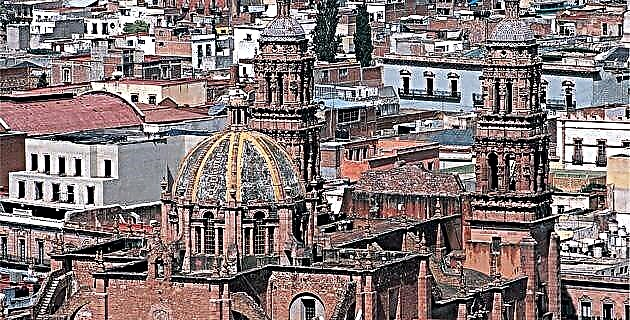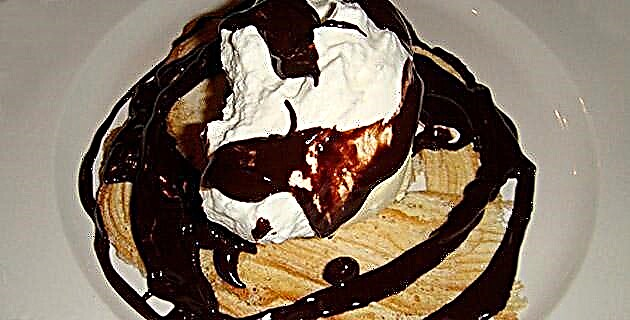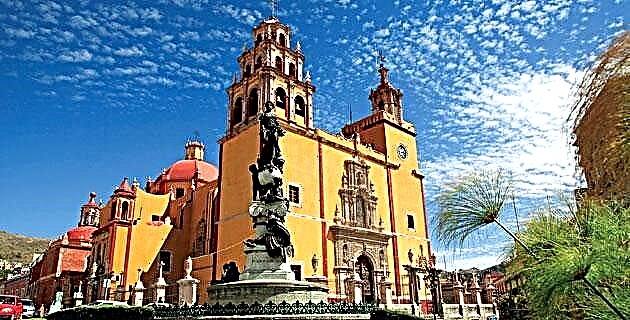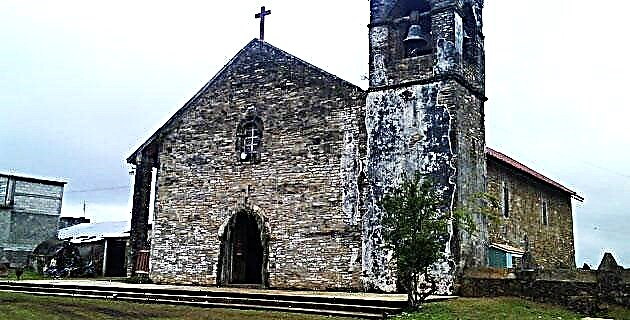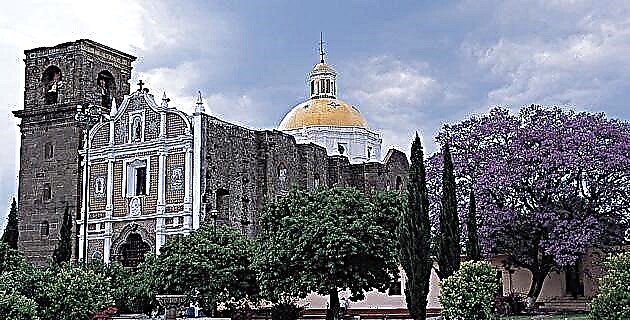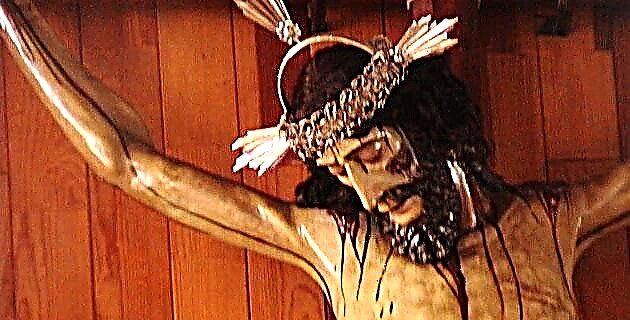
Mesoamerican peoples customarily take their gods to the battlefield. But, when they were defeated, their heavy and bulky idols were in enemy hands, then they thought that divine wrath would fall on the defeated.
The Purépechas found the best solution to transport their deities. For this people, men were not the conquerors of the territories, but the gods themselves who fought the battles and extended their kingdom.
This epic task of their warrior god Curicaueri was, surely, what inspired them to discover a material so light that a sculpture the size of a man could weigh only six kilos: “In the gentleness the sculptors made, because it was so light, their gods of this matter, so that their deities were not heavy and they could be easily carried ”.
The material, known as “pasta from Michoacán” or “maize cane paste”, in addition to its lightness, allowed the Tarascans to directly model their sculptures. However, the news about the composition of the paste, as well as the technique to make the images, are scarce and even confusing. The first chroniclers of this province hardly knew those warrior gods; the Franciscan Fray Martín de la Coruña had them burned in 1525, just arrived in Tzintzuntzan. The chronicler Fray Francisco Mariano de Torres asserts: “At the first exhortations the Indians were bringing the soldiers of idols that they adored and because they were not all of the same material, the fuels (such as those made from corn cane) were publicly burned, and those of stone, gold and silver, were thrown in the sight of the Indians themselves, in the depths of the Zintzuntzan lagoon ”(now known as Lake Pátzcuaro).
For this reason, the chroniclers of the XVI and XVII centuries could only testify to the rarity of the material and its qualities, rather than to the technique itself, now applied to Christian sculpture. According to La Rea: "They take the cane and take out the heart and grinding it into a paste is made with paste that they call it tantatzingueni, so excellent they make the exquisite craftsmanship of Cristos de Michoacán with it."
We know, thanks to Dr. Bonafit, that the tatzingueniera is extracted from a kind of orchid harvested in Lake Pátzcuaro during the months of May and June, according to the Purepecha calendar.
Another important gap is the ignorance of the imperishable quality of the material. There are to date, throughout Mexico and in some Spanish cities, a considerable number of intact images, made in the XVI and XVI centuries. The "perenniality" of the images made of corn stalk paste is not due solely to stucco or varnish. Presumably, the makers of the "cañita" have used some poisons extracted from plants such as the Rus toxicumo laiqacua flower, in order to preserve their sculptures from the moth and other parasites.
Thanks to the direct observation of some important images, such as the Virgin of Health, Bonafit was able to show that the frame is made of corn husks, in many cases, according to their size and complexion, attached to small wooden supports: “ First, they formed a nucleus of dried corn leaves, giving it the approximate shape of a human skeleton. For this they tied the leaves, one to another, by means of pita strings, and in the fine parts, such as the fingers and toes, they placed turkey feathers.
On the framework they applied the paste made of corn stalk and the deltatzingeni bulbs. The paste, initially with a spongy and grainy consistency, had to take on a thick and fine plasticity, similar to that of pottery clay. To protect and reinforce the fragile parts, they placed strips of cotton cloth on the frame before distributing the material. Later they covered the frame with amate paper, and spread the paste on top.
After modeling, and the paste dried, they applied a layer of paste made up of very fine clay, titlacalli, like stucco, which allowed for the improvement and retouching of the image. On the stuccoed surface they applied, by means of earth colors, the dye for the skin and hair. Finally came the polishing based on drying oils, such as walnut.
The Purépecha artisans, in addition to inventing this technique, “gave the body of Christ, Our Lord, the most vivid representation that mortals have seen”, and the missionaries found a more appropriate application; henceforth, "the lightest gods in the world" would be the evangelizing images of the spiritual conquest of Mexico.
The cane paste imaginary, at the service of Christianity, represents one of the first artistic fusions between the old and the new worlds, and one of the earliest aesthetic manifestations of mestizo art. The material and the sculptural technique are indigenous contributions, the incarnation technique, the coloring, the facial features and the proportion of the body, are of European origin.
Vasco de Quiroga, sensitive to the values of the Purépecha culture, promoted this art in the world of New Spain. Upon his arrival in Tzintzuntzan, the still-licensed Quiroga was amazed at the material with which the natives made, at the request of the Franciscan friars, whole-of-bulk Christs. In addition to its lightness, he was surprised by the plasticity of the material for fine modeling. Hence the nickname "perfections of Michoacán", which refers to the sculptures made of maize cane paste.
Between 1538 and 1540, as a bishop, Quiroga entrusted the manufacture of the Virgin of Health, Lady of Providence of Michoacán and Queen of Hospitals, to the indigenous Juan del Barrio Fuerte, who was assisted by the Franciscan Fray Daniel, nicknamed "the Italian ”, famous for his embroidery and drawings.
Its first enclosure was the old Hospital de la Asunción and Santa María de Pátzcuaro; his sanctuary, the basilica that bears his name, where he is still worshiped with great faith and devotion.
Quiroga also founded the Pátzcuaro Sculpture School, where for almost three centuries countless images and crucifixes were made.
According to the testimonies of the chroniclers, Quiroga also established a workshop of images of corn cane in the hospital of Santa Fe de la Laguna. According to the very peculiar form of social organization, among the towns on the shore of Lake Pátzcuaro, it is very likely that the bishop assigned Santa Fe -with a more traditional character- one of the main centers of this trade. Don Vasco started from two fundamental reasons, the closeness to Tzintzuntzan and the opportunity to offer a dignified job to the poor in his hospitals.
According to Don Vasco's calculations, the location of the workshop would provide invaluable benefits to the community, since the teaching of the traditional technique of the artisans of Tzintzuntzan, the artistic orientation of the sculptors of the Pátzcuaro school, and the easy supply of of the raw material, especially eltatzingueni.
Quiroga also promoted in Santa Fe, Mexico City, the “art of the imaginary in cane”. In one of his frequent visits to the hospital, Motolinía showed particular enthusiasm for the Christs: “So perfect, proportionate and devout, that made of wax, they cannot be more finished. And they are lighter and better than those made of wood ”.
The cane imaginary technique disappeared at the end of the 18th century with the extinction of the Pátzcuaro school, but the tradition of these pilgrim images did not.
The sculptures of the later centuries are very far, both in technical and aesthetic aspects, from the first Christian images made with pasta from Michoacán. This reduction of a popular art to handicraft is very evident during the processions of the Semana Mayor, in the city of Pátzcuaro, where more than one hundred images are gathered year after year, from the lake areas of Pátzcuaro, Zirahuén and the Tarascan plateau. .
Christs for the most part, at least half of these sculptures were made with the traditional technique. Those of the Renaissance style belong to the period 1530-1610, called late Renaissance, and those made from this date until the first decade of the 18th century can be considered works of the indigenous baroque. During the subsequent decades, the sculptural work in cane paste departs from the baroque influences to become a genuinely mestizo art.
Among the pilgrim images that meet on Good Friday in Pátzcuaro, they stand out for their realism and perfection. The "Holy Christ of the Third Order" of the temple of San Francisco, notable for its natural dimension and the movement of its body, as well as for its polychrome; the "Christ of the three falls" of the Company's temple, admirable for the painful face and the tension of its limbs, and the "Lord of the cañitas or of the afflicted" of the Basilica de la Salud, highly venerated by his attitude of sorrow and mercy in the face of human misfortunes.
Lords of the riverside villages, lords of various invocations, patron lords of the temples and brotherhoods; Creole, mestizo, indigenous and black Christs come, as in Mr. Quiroga's time, to the silence procession.

